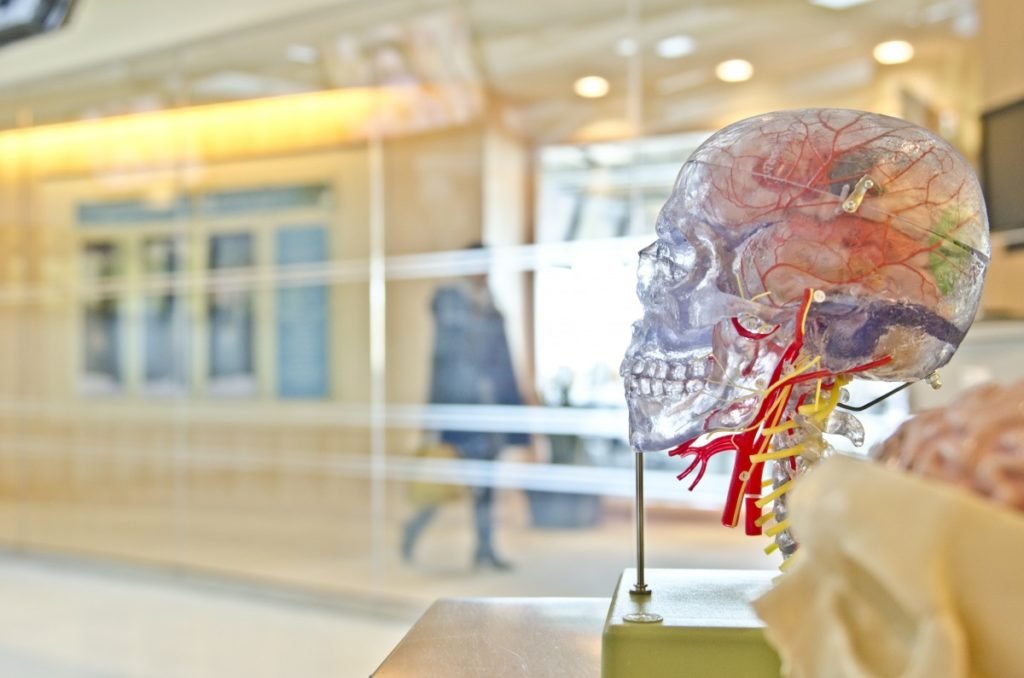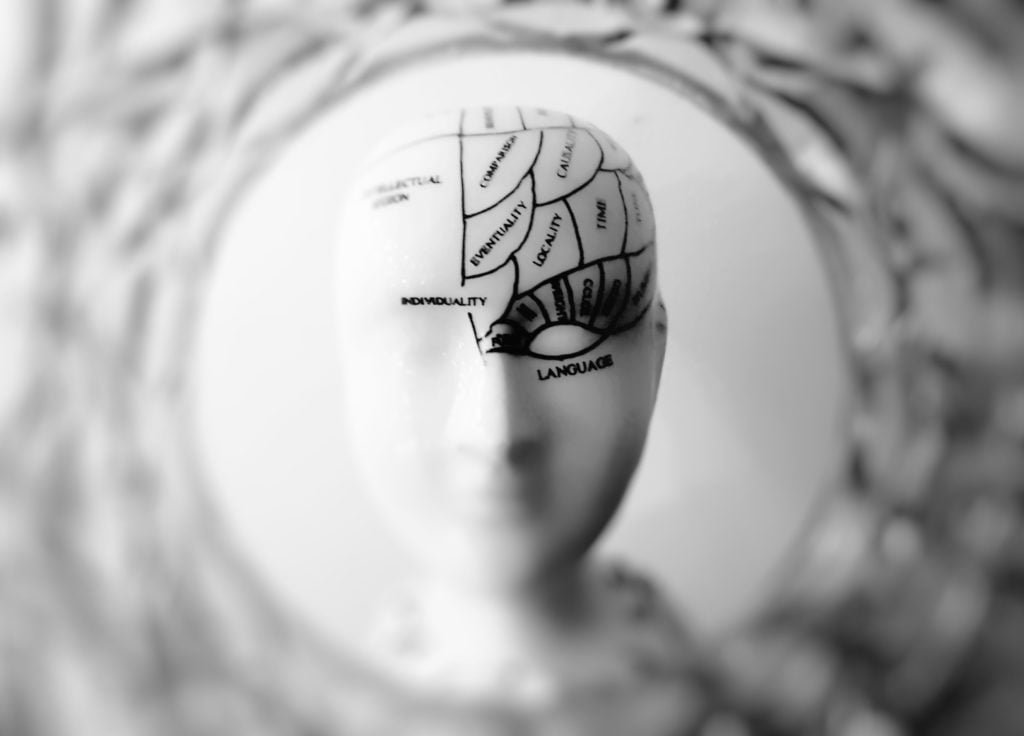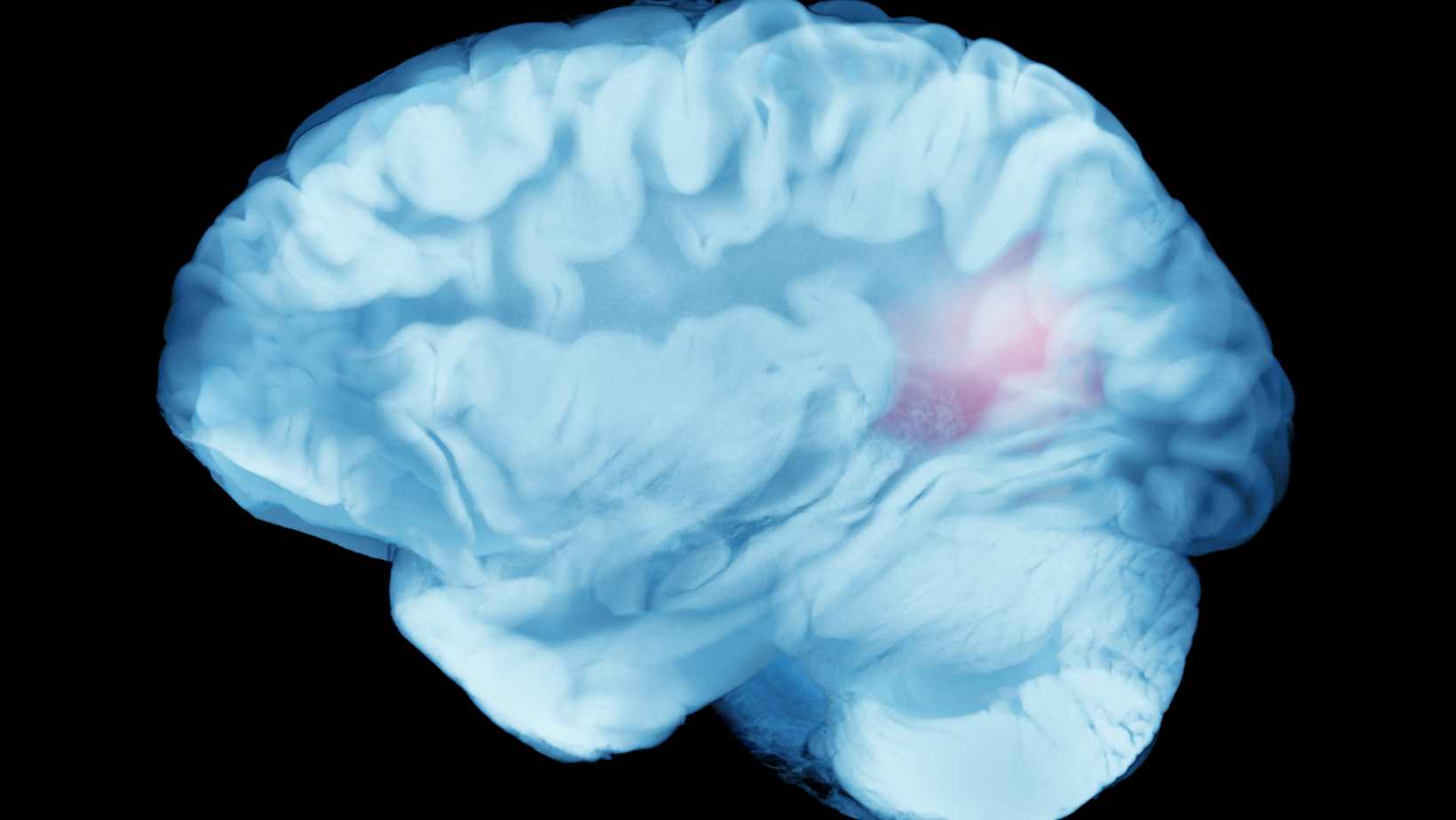The Human Brain Anatomy is a phenomenal structure that is responsible for the functioning of the entire human body. It comprises several nerve tissues and billions of nerve cells and synapses that are protected inside the skull. The Brain Anatomy interprets the external world and encapsulates the knowledge of the mind and the soul. The human brain is one of the largest and most complex organ structure of the human body. The brain makes us self-aware and gives us the ability to speak, think, and function in the world.
The Brain Anatomy consists of components that have many specialised areas that work together in harmony to keep the body functioning and learning. The brain collects information through the five senses of the body that is: touch, taste, vision, smell, and hearing. It can determine many at one time. It’s uncanny how the brain understands and convenes the messages that form meaning for us and stores this information in our memory, all at the same time. The brain can control our thoughts, memory and speech, movement of the arms and legs. It also controls the functions of multiple organs within our body. Any harm to the brain can lead to conditions such as traumatic brain injury, brain haemorrhage, etc. Thus, one needs to take special care of the brain through brain haemorrhage treatment or brain haemorrhage surgery.
Let us know how the Brain Anatomy performs such marvellous tasks. The brain anatomy is just as intricate as the functions it carries out, yet it’s phenomenal.
 Overview Of The Brain Anatomy And Function –
Overview Of The Brain Anatomy And Function –
The brain is composed of the cerebrum, cerebellum, and brainstem. Let us know more about brain anatomy and physiology and how these parts of the brain function together.
1. Cerebrum
The cerebrum is the largest part of the Brain Anatomy, comprising the right and left hemispheres. It performs complex functions such as interpreting touch, vision and hearing, speech, thought, emotions, learning, and control over body movement.
Each hemisphere of the cerebrum is further divided into four broad regions called lobes, the frontal lobe, the temporal lobe, the occipital lobe, and the parietal lobe. You can see each of these under a brain anatomy MRI.
- Frontal lobes- The frontal lobes of the cerebrum are the largest of the lobes. They are located in the frontal part of the brain, as their name suggests. They coordinate functions of high-level behaviour such as motor skills, judgment, planning, attention and problem-solving. The frontal lobes are also responsible for impulse control and managing emotions.
- Parietal lobes-The parietal lobes are located right behind the frontal lobes. They’re responsible for interpreting language, words, sense of touch, the sensation of pain, temperature, interpret signals from vision, hearing, motor movements, sensory functions, spatial movements, memory and, optical perception.
- Temporal lobes- The temporal lobes are located on each side of the head on a similar level as the ears. They coordinate specific functions, including Understanding language, Memory, Hearing, Sequencing and organization.
- Occipital lobes- The occipital lobes are located on the back of the brain. They are mainly involved in determining the ability to read and recognise and also interpret colour, light, movement from vision.
Any harm to the cerebrum can increase the risks of stroke.
2. Cerebellum
The cerebellum is located under the cerebrum just below the occipital lobes. The cerebellum function involves coordinating muscle movements helping the body maintain its posture, equilibrium, and balance. It enables the body with fine motor skills, which refers to the coordination of smaller actions, specifically those involving the hands and feet.
3. Brain stem
The brain stem consists of three major parts, and it is located in front of the cerebellum connecting to the spinal cord. It connects the spinal cord to the higher-thinking centres of the brain. It consists of three structures: the medulla oblongata, the pons, and the midbrain. A brain anatomy ct scan can show images of the brain stem and problems with the brain.
Medulla oblongata: The medulla oblongata is the lowest part of the brain, operating as the control centre for the heart and lungs’ functions. It helps regulate many important functions, including breathing, sneezing, and swallowing.
Pons: The Pons is the largest part of the brain stem. It is located below the midbrain. It consists of a group of nerves that help connect various parts of the brain. The pons also holds the start of some cranial nerves. These are required in facial movements and transmitting sensory information.
Midbrain: The midbrain helps in controlling eye movements and processes visual as well as auditory information.
 4. Diencephalon
4. Diencephalon
The diencephalon is located just above the brainstem between the cerebral hemispheres. It helps form the walls of the third ventricle and consists of the thalamus, the epithalamus, and the hypothalamus.
- Thalamus: It acts as a relay station as almost all sensory information except for the sensation of smell, advancing to the cortex primarily stops in the thalamus before being sent on to their destination. The Thalamus is also connected to functions of consciousness, sleep, and memory.
- Epithalamus: It primarily consists of the pineal gland and the habenulae. The pineal gland is an endocrine gland that secretes the hormone melatonin. It acts as a link between the limbic system and other parts of the brain. The limbic system is a part of the brain that is involved with functions of emotion, long-term memory, and behaviour.
- Hypothalamus: The hypothalamus helps in maintaining homeostasis. It referred to the balance of all bodily functions that the Hypothalamus manages. It involves regulating the body temperature, control over the body’s appetite, maintaining the physiological cycle, sleep cycle, and controlling the production and release of hormones.
The brain is the engine of the human body. One needs to take special care of this organ. Stress and anxiety can influence brain health leading to brain damage. Neurocritical care is something that one must take seriously for the smooth functioning of the brain. The advancements in neuroscience and radiology have made possible the quick diagnosis of injuries in the brain and to view brain anatomy in 3D.
Also Read

This article is medically reviewed by Dr. Chandril Chugh, Board-Certified Neurologist, providing expert insights and reliable health information.
→ Book a consultation to discover which remedies suit your needs best.
About Author | Instagram | YouTube | Linkedin

 Overview Of The Brain Anatomy And Function –
Overview Of The Brain Anatomy And Function – 4. Diencephalon
4. Diencephalon


